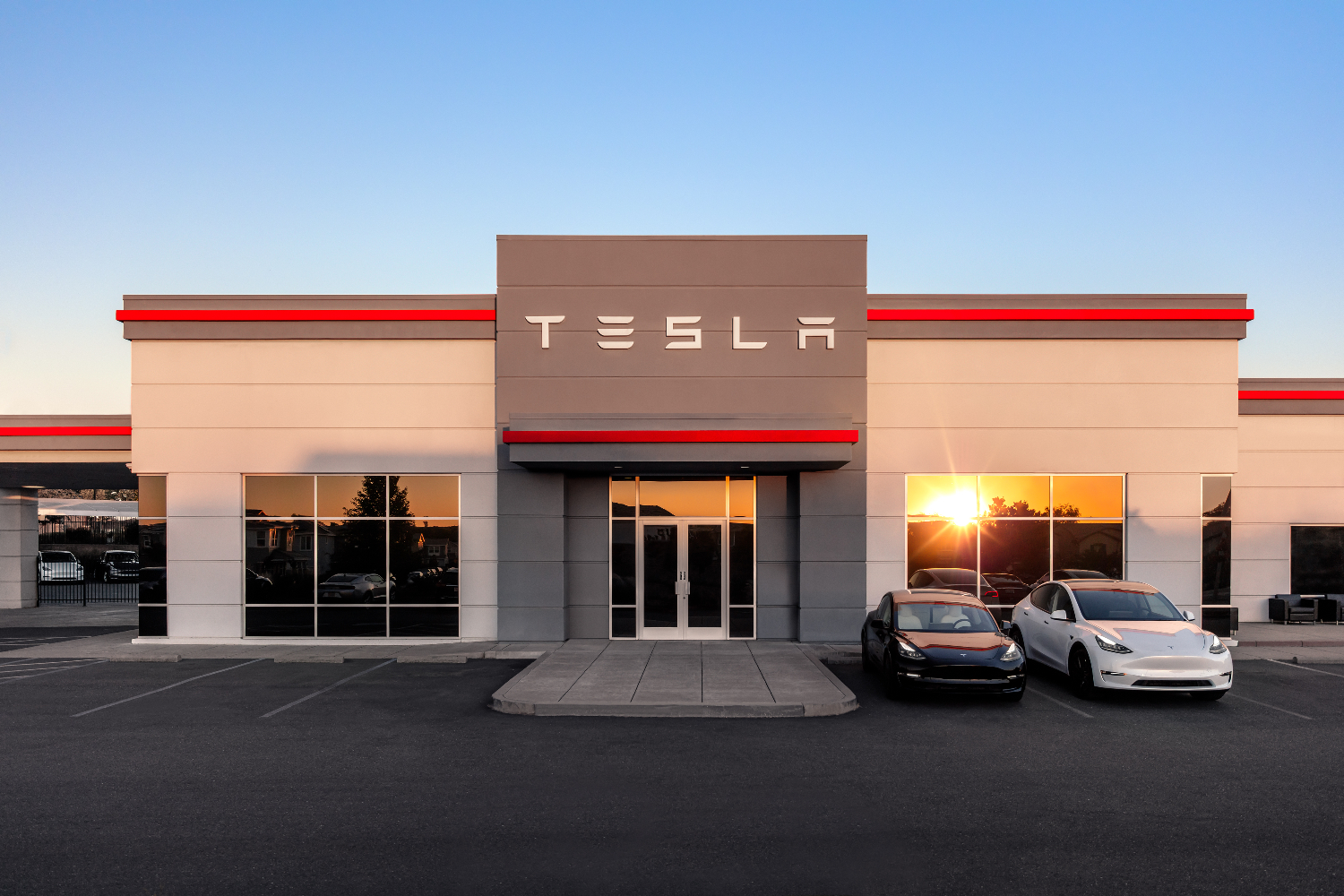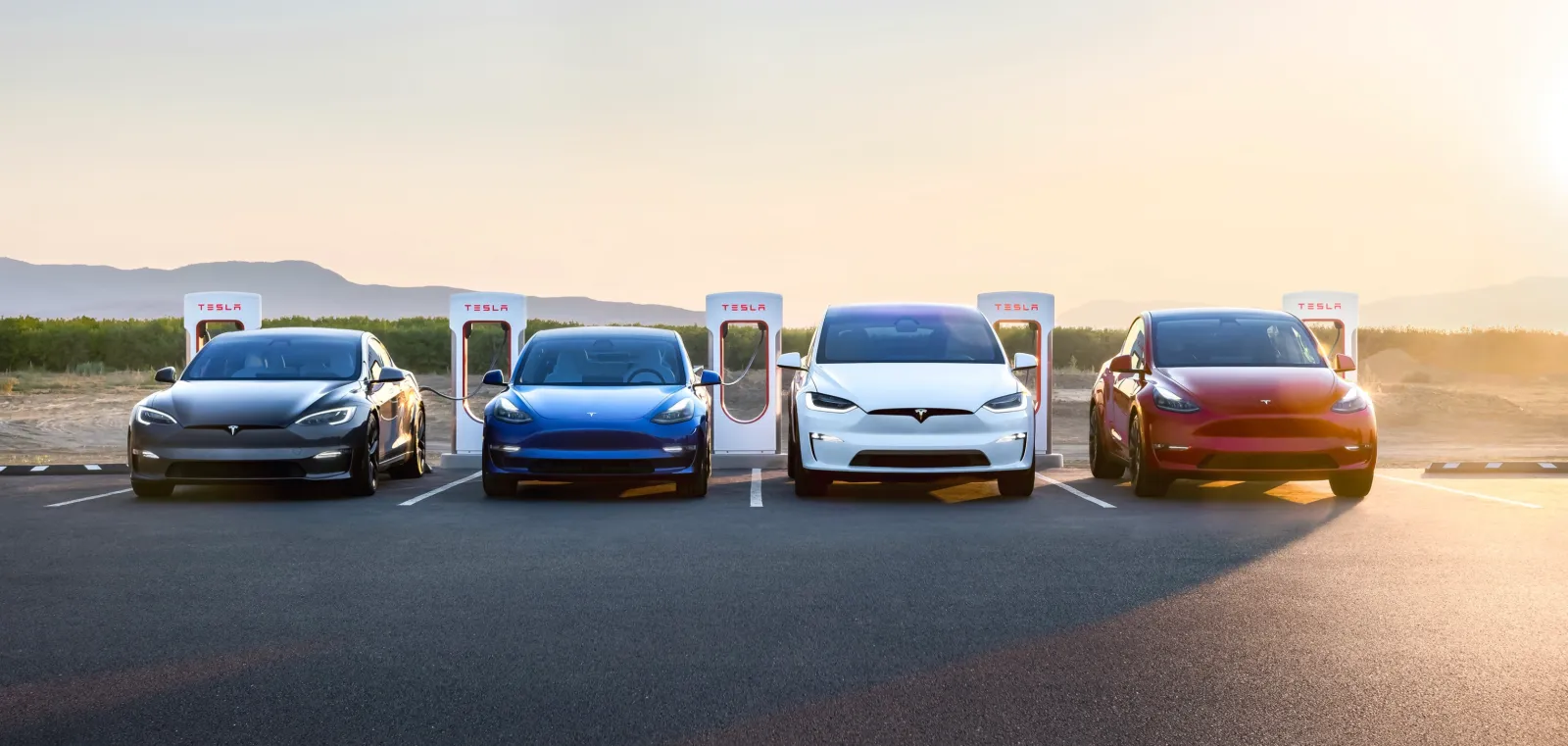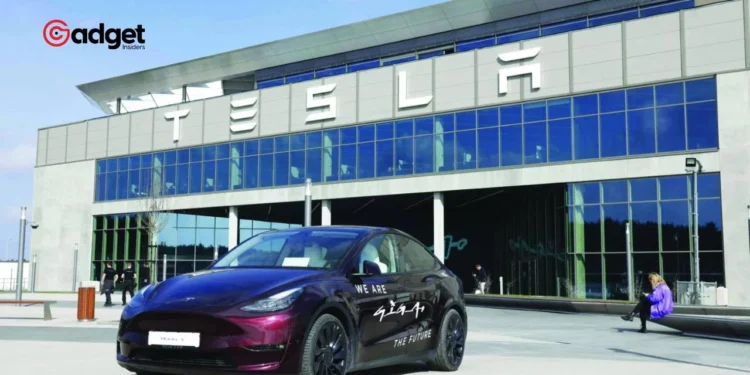Once hailed as the undisputed king of electric vehicles, Tesla is experiencing a notable decline in its stronghold—California. Recent reports indicate that the love affair between Californians and Tesla might be cooling off. In a surprising shift, the Tesla Model 3 has fallen behind traditional powerhouses, the Toyota Camry and the Honda Civic, in the race for the state’s most popular passenger car. This descent from the top spot is emblematic of broader challenges facing the company, spearheaded by the enigmatic Elon Musk.

A Deep Dive into Declining Sales
The California New Car Dealers Association (CNCDA) has laid bare the numbers: a 7.8% drop in Tesla registrations in the first quarter of 2024, following a 9.8% decrease in the preceding quarter. This downturn is Tesla’s most significant since 2012, with net income plunging by 55% in the same period. Amid these financial woes, the departure of three top executives, including notable insider Drew Baglino, has only exacerbated investor concerns.
Brian Maas, president of the CNCDA, remarked, “The numbers don’t lie. They indicate that the incredible growth that Tesla had for years has now stopped or certainly slowed in the most recent report.” This sentiment is echoed by the market share data for battery electric vehicles in California, which saw a slight decrease from 21.5% in 2023 to 20.9% in the first quarter of the following year.

Factors Influencing Tesla’s Market Dynamics
The reasons behind Tesla’s faltering appeal in California are multifaceted. Analysts like Maas speculate that the high price point of Tesla vehicles, coupled with infrastructural challenges and market saturation, might be deterring new buyers. Furthermore, Tesla’s narrowing lead in the electric vehicle (EV) sector is challenged by competitors who offer a broader range of appealing options.
Perhaps more damaging are the controversies surrounding Elon Musk himself. His polarizing public persona and political stances have reportedly alienated a significant portion of Tesla’s customer base in California, where the political leanings skew heavily Democratic.
🧨🧨🧨
There were approximately 1,025 Cybertrucks sold across the U.S. in Q1 ‘24.
This is based on California only reporting 574 sales and Cybertruck forum owner tracking spreadsheets showing that 56% of sales in Q1 were in CA.
No wonder Tesla hid them in “Other Models”.
— Watuzzi (@scidood) April 30, 2024
Tesla Leads Despite Overall Decline in California EV Market
Despite Tesla’s struggles, the company remains a major player in California’s EV market. Models like the Tesla Model Y, Model 3, and Model X continue to outsell competitors such as the Chevy Bolt and the Volkswagen ID.4. However, the overall battery electric vehicle market share in the state witnessed a decline of 6.4% in the first quarter. Meanwhile, Mercedes and BMW recorded the most substantial gains, increasing their sales by 3% and 2.4%, respectively.

The Road Ahead for Tesla
The current trajectory suggests a pivotal moment for Tesla. As it grapples with internal challenges and evolving market conditions, the company’s future in California—once its most lucrative market—hangs in the balance. The coming months will be crucial in determining whether Tesla can regain its momentum or if it will continue to cede ground to its rivals.
In conclusion, the shifting dynamics in California’s auto market reflect a broader trend of consumers diversifying their choices in the electric vehicle landscape. As competitors enhance their offerings and consumer preferences evolve, Tesla will need to adapt swiftly to maintain its lead in this competitive arena. Only time will tell if Tesla can navigate these turbulent waters and reestablish its dominance in the ever-evolving world of electric vehicles.










